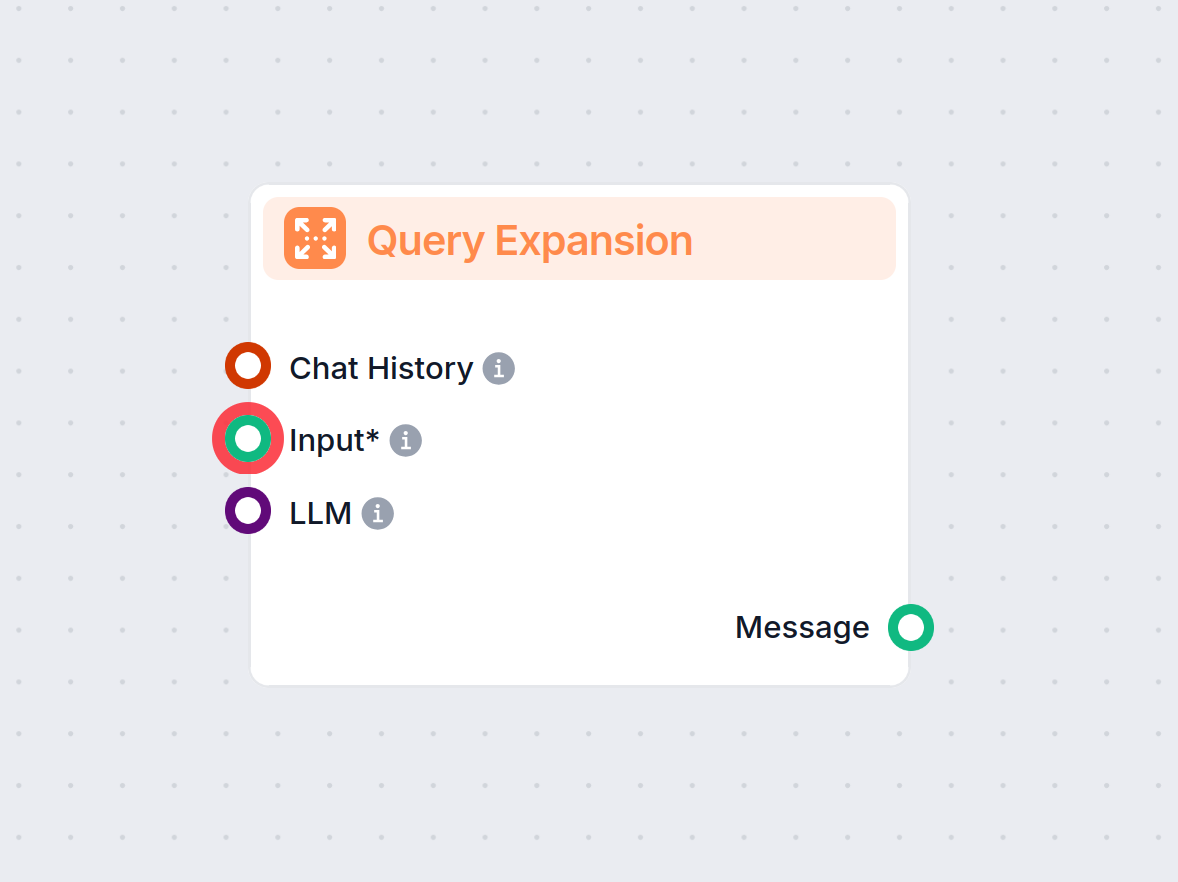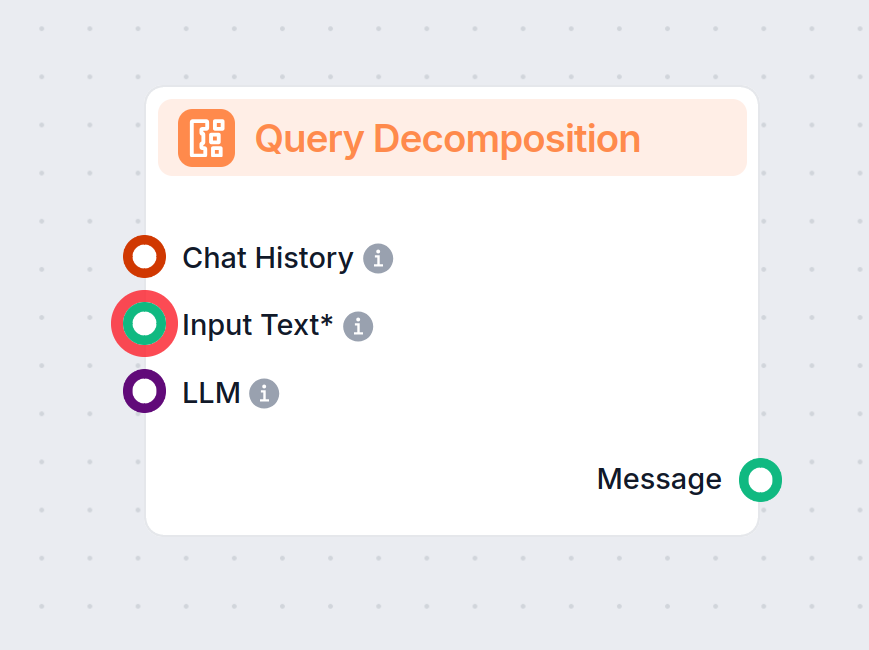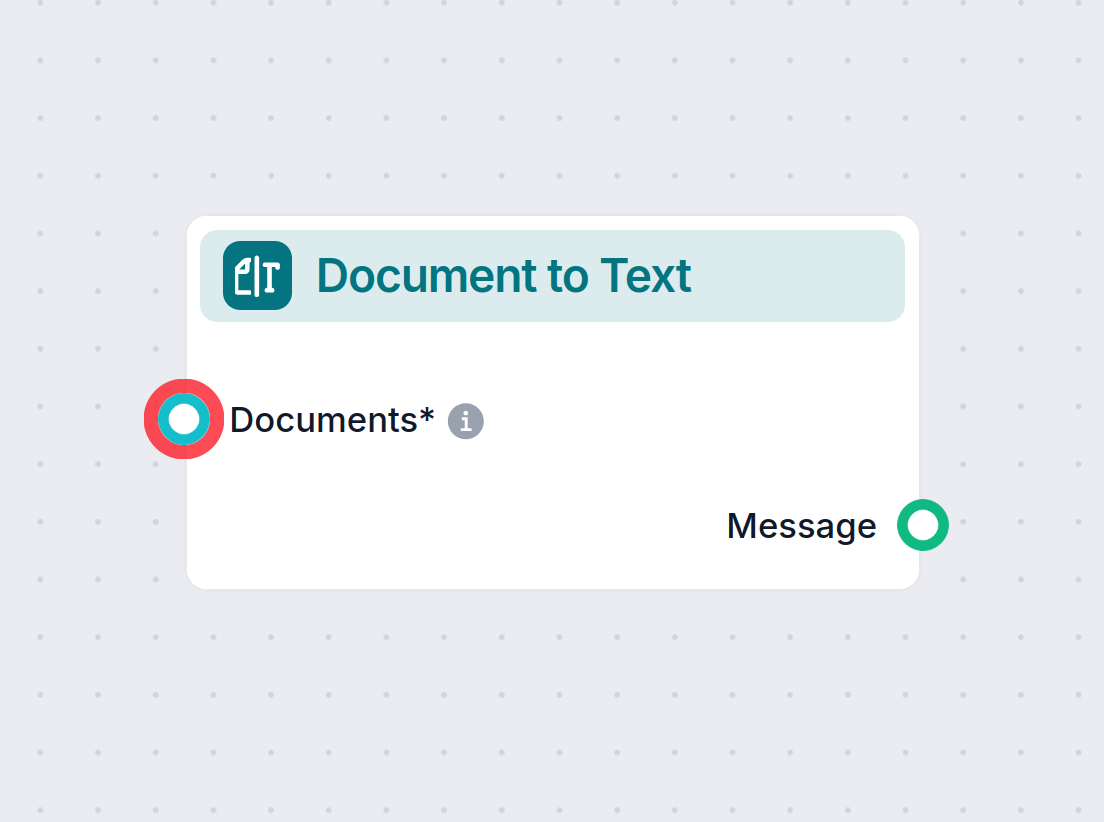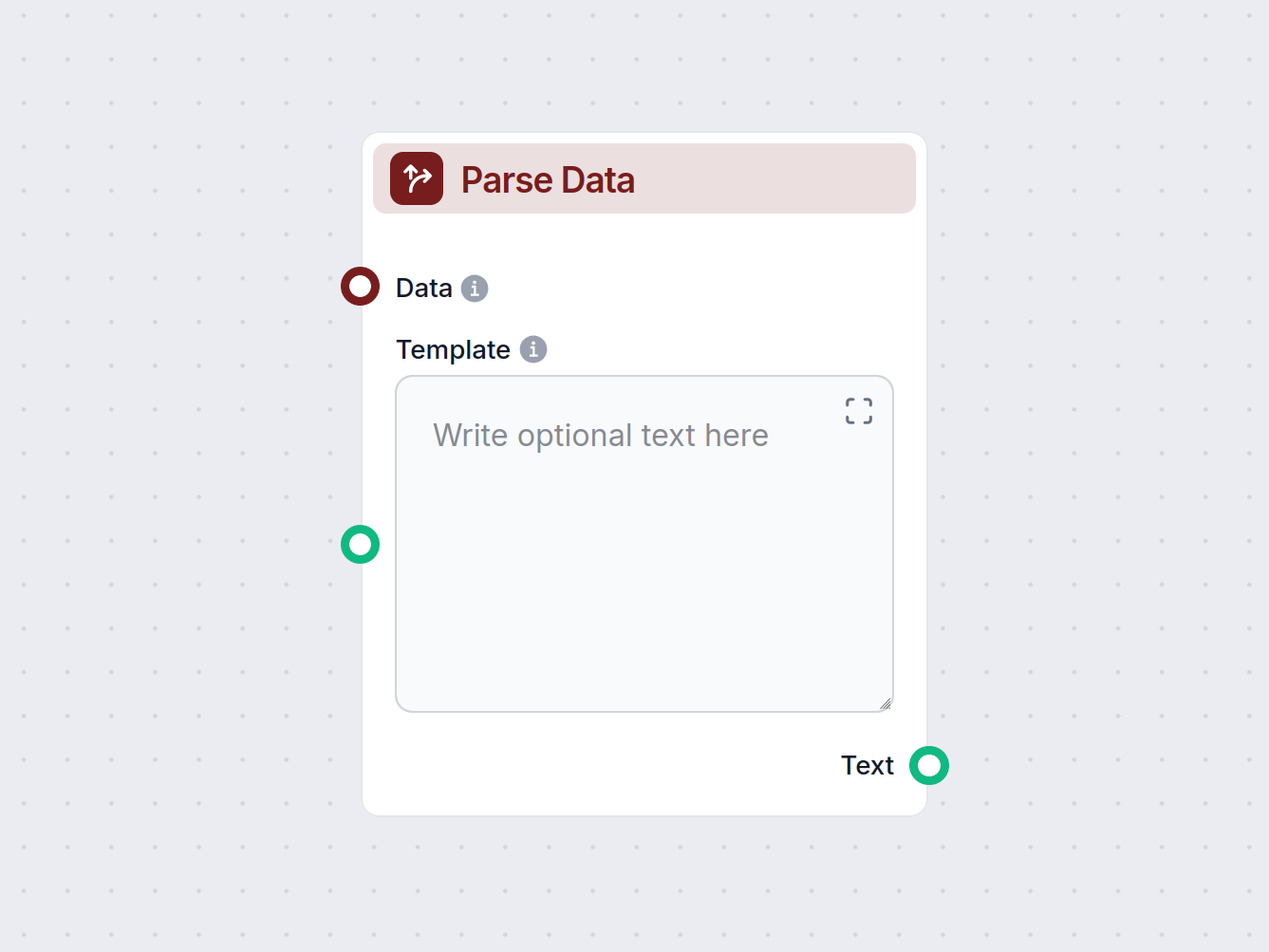
Abfrageerweiterung
Die Abfrageerweiterung in FlowHunt verbessert das Verständnis des Chatbots, indem Synonyme gefunden, Rechtschreibfehler korrigiert und konsistente, präzise Antw...

Die Aufgabenzerlegung zerlegt komplexe Anfragen in kleinere Unteranfragen und hilft KI-Chatbots, genauere und gezieltere Antworten zu liefern.
Komponentenbeschreibung
Query Decomposition is a flow component designed to enhance the precision and effectiveness of AI-driven workflows by breaking down complex input queries into distinct, manageable sub-queries. This process helps ensure that each aspect of a user’s original question is addressed, leading to more thorough and accurate responses.
The primary function of the Query Decomposition component is to take an input text—typically a complex or multi-part question—and split it into several alternative or sub-queries. These sub-queries represent the individual pieces of information that need to be resolved in order to fully answer the original query. This approach is especially useful in scenarios where a question is broad, ambiguous, or composed of several intertwined elements.
| Input Name | Type | Required | Description |
|---|---|---|---|
| Input Text | Message | Yes | The main text or question that you want to split into multiple alternative queries. |
| Chat History | InMemoryChatMessageHistory | No | Previous chat messages to provide context for generating more precise sub-queries. |
| LLM (Model) | BaseChatModel | No | The language model used for generating alternative queries. |
| Include Original Query | Boolean | No | Option to include the original query in the list of alternative queries. |
| System Message | String | No | Additional system-level instruction that can be appended to the prompt for customizing behavior. |
Query Decomposition is valuable in complex AI workflows where single queries may cover multiple topics or require multi-step reasoning. By breaking queries down, you can:
| Feature | Description |
|---|---|
| Input | Complex user query (text) |
| Output | List of alternative/sub-queries (as a message object) |
| Context Support | Yes (via chat history) |
| Model Selection | Yes (custom LLM can be specified) |
| Advanced Options | Include original query, custom system message |
By integrating Query Decomposition into your AI workflow, you enable smarter, more granular handling of complex queries, leading to improved outcomes and a better user experience.
Die Abfragezerlegung zerlegt komplexe und zusammengesetzte Anfragen in einfache Unteranfragen, die leichter zu bearbeiten sind. So kann sie detailliertere und gezieltere Antworten liefern.
Die Abfragezerlegung ist nicht für alle Flows notwendig. Ihr Haupteinsatzgebiet ist die Erstellung von Kundenservice-Bots und andere Anwendungsfälle, bei denen die Eingabe eine schrittweise Bearbeitung komplexer Informationen erfordert. Die Verwendung der Aufgabenzerlegung sorgt für detaillierte und hochrelevante Antworten. Ohne sie könnte der Bot auf vage Antworten zurückgreifen.
Beide helfen dem Bot, die Anfrage besser zu verstehen. Die Abfragezerlegung nimmt komplexe oder zusammengesetzte Anfragen und unterteilt sie in kleinere, ausführbare Schritte. Die Abfrageerweiterung hingegen ergänzt unvollständige oder fehlerhafte Anfragen, um sie klar und vollständig zu machen.
Beginnen Sie mit dem Aufbau intelligenter KI-Chatbots und automatisieren Sie komplexe Anfragen mit der Abfragezerlegungs-Komponente von FlowHunt.
Die Abfrageerweiterung in FlowHunt verbessert das Verständnis des Chatbots, indem Synonyme gefunden, Rechtschreibfehler korrigiert und konsistente, präzise Antw...
Die Document to Text-Komponente von FlowHunt wandelt strukturierte Daten aus Retrievern in lesbaren Markdown-Text um und gibt Ihnen präzise Kontrolle darüber, w...
Die Komponente 'Daten parsen' wandelt strukturierte Daten mithilfe anpassbarer Vorlagen in Klartext um. Sie ermöglicht eine flexible Formatierung und Konvertier...
Cookie-Zustimmung
Wir verwenden Cookies, um Ihr Surferlebnis zu verbessern und unseren Datenverkehr zu analysieren. See our privacy policy.

